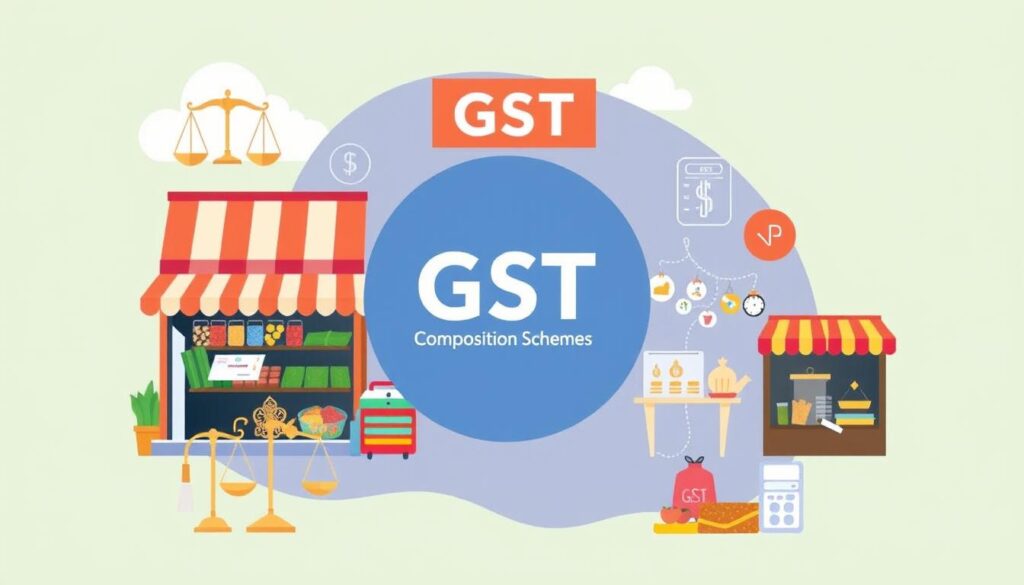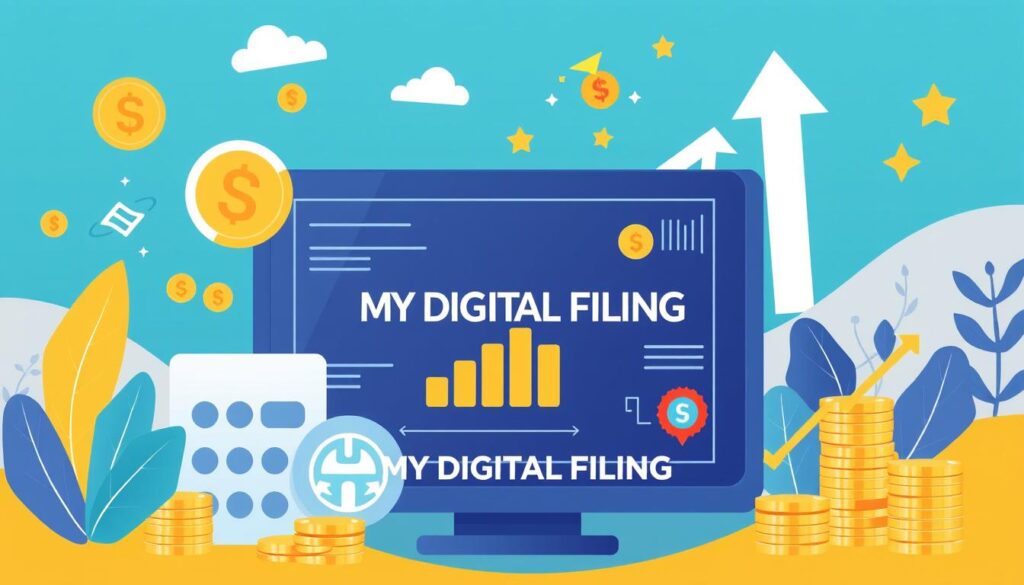GST for E-commerce: In the ever-expanding world of e-commerce, understanding the nuances of Goods and Services Tax (GST) is essential. This comprehensive guide aims to demystify GST for e-commerce businesses, providing you with the information you need to navigate the complexities and make informed decisions. From the basics to intricate details, we’ve got you covered.
Introduction: The GST Revolution in E-commerce
The world of e-commerce in India is undergoing a significant transformation, driven by the introduction of the Goods and Services Tax (GST). This revolutionary tax system has altered the way businesses operate, adding both complexity and transparency to the e-commerce landscape. In this article, we will explore the multifaceted implications of GST for e-commerce businesses, providing a comprehensive guide for entrepreneurs and established enterprises alike.
The GST Framework Unveiled
To understand the impact of GST for e-commerce, it’s crucial to delve into the fundamentals of this tax regime. GST is a destination-based tax, meaning goods and services are taxed based on the location of the consumer rather than the origin. The “place of supply” concept plays a pivotal role in determining the type of GST applicable to a transaction.
Navigating the E-commerce Landscape
E-commerce in India is a bustling sector, catering to diverse consumer needs. As online businesses flourish, the need for a unified taxation system became apparent. The introduction of GST aimed to streamline the taxation process, replacing a web of indirect taxes and levies that e-commerce companies had to navigate.
Types of E-commerce Business Models
E-commerce entities in India typically operate under two primary models: the inventory-based model and the marketplace-based model. The inventory-based model involves owning and selling products directly, while the marketplace-based model connects buyers and sellers without owning the inventory.
Implications of GST on Inventory-Based Models
For inventory-based e-commerce models, several responsibilities come into play. Businesses must register under GST as regular taxpayers, generate invoices, capture input tax credits, file GST returns, and adhere to E-way bill regulations for the movement of goods. We’ll delve into specific case studies to illuminate the process.
GST and Marketplace-Based Models
Marketplace-based models have their own set of GST implications. E-commerce operators are required to obtain GST registration, collect and remit GST on behalf of sellers, generate invoices, file GST returns (including the GSTR-8 for TCS), and manage E-way bills for goods movement. We’ll use real-world examples to elucidate the nuances of this model.
Understanding the Place of Supply in GST
Determining the “place of supply” is vital in GST, as it differentiates between intrastate and interstate transactions. Accurate identification ensures that the correct type of GST is applied. We’ll provide examples and insights into this crucial concept.
GST Compliance for E-commerce Entities
Navigating GST compliance can be intricate, but it’s essential for businesses. Compliance involves proper registration, timely return filing, and adherence to various provisions outlined in the GST laws. This section will detail the steps required for businesses to stay compliant.
The Challenges of GST for E-commerce
While GST brings transparency, it also poses challenges for e-commerce companies. Issues like reverse charge mechanisms and complex input tax credit calculations can be daunting. We’ll discuss these hurdles and offer guidance on overcoming them.
Benefits of GST for E-commerce Businesses
Despite the challenges, GST offers numerous benefits to e-commerce enterprises. Simplified taxation procedures, reduced logistics costs, and seamless inter-state transactions are just a few of the advantages we’ll explore in this section.
E-commerce Start-ups and GST
For budding e-commerce entrepreneurs, understanding GST from the outset is crucial. This section will provide insights into GST registration, compliance, and how to set up your e-commerce venture in the GST era.
The Future of GST in E-commerce
GST continues to evolve, and understanding its future trajectory is essential. We’ll discuss anticipated changes and their potential impact on the e-commerce industry.
FAQs: Deciphering the Complexities of GST
Q1: How is GST calculated for e-commerce transactions?
A1: GST is determined based on the “place of supply,” differentiating between intrastate and interstate transactions.
Q2: What challenges do e-commerce entities face in GST compliance?
A2: Challenges include reverse charge mechanisms and complex input tax credit calculations.
Q3: How does GST benefit e-commerce businesses?
A3: Benefits include simplified tax procedures, reduced logistics costs, and easier inter-state transactions.
Q4: Do e-commerce start-ups need to register for GST?
A4: Yes, e-commerce start-ups must register for GST to operate legally.
Q5: What is the future of GST in the e-commerce sector?
A5: The future of GST in e-commerce involves ongoing changes and potential reforms to simplify and enhance the tax regime.
Conclusion: Navigating E-commerce with GST
In conclusion, the introduction of GST has ushered in a new era for e-commerce businesses in India. While it brings both challenges and opportunities, understanding the nuances of GST is essential for success. Whether you are an established e-commerce enterprise or a budding start-up, embracing GST is key to navigating the dynamic e-commerce landscape efficiently. If you have further questions or need assistance in your e-commerce journey, feel free to reach out.











